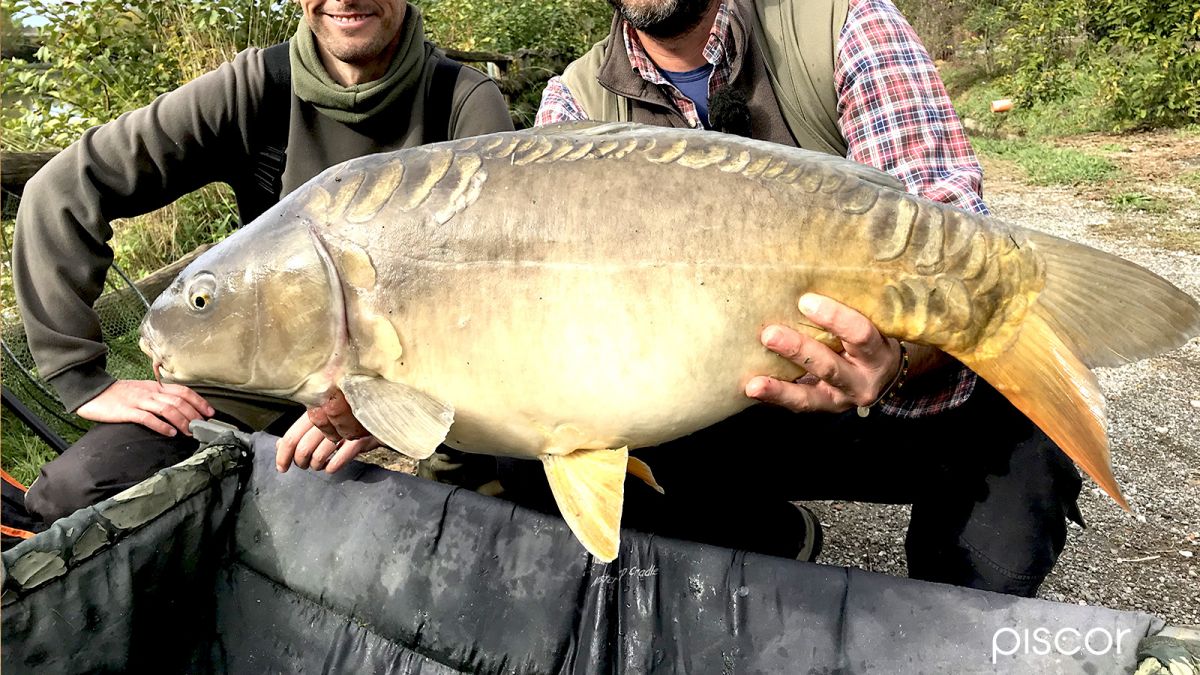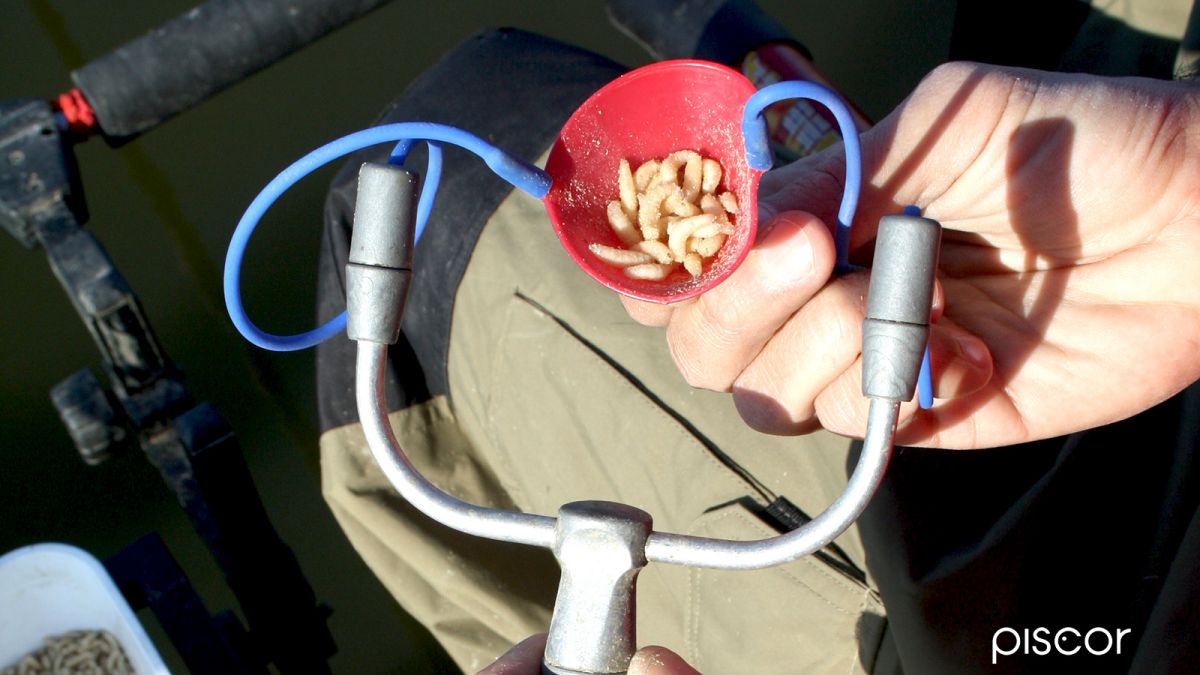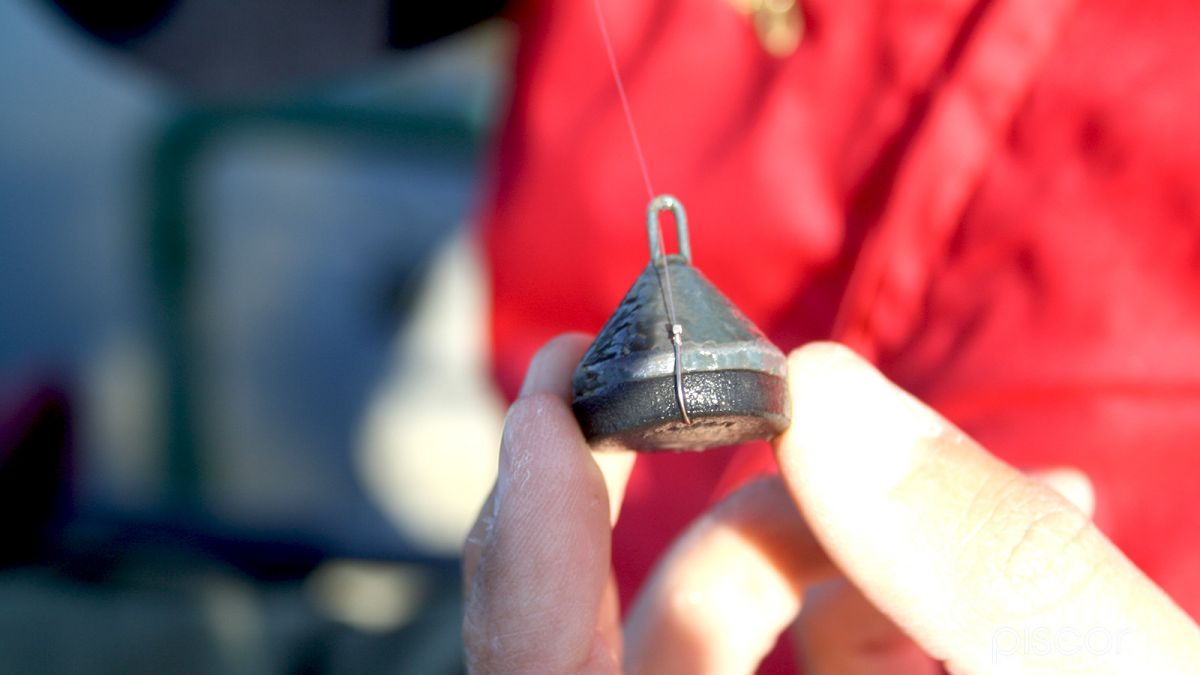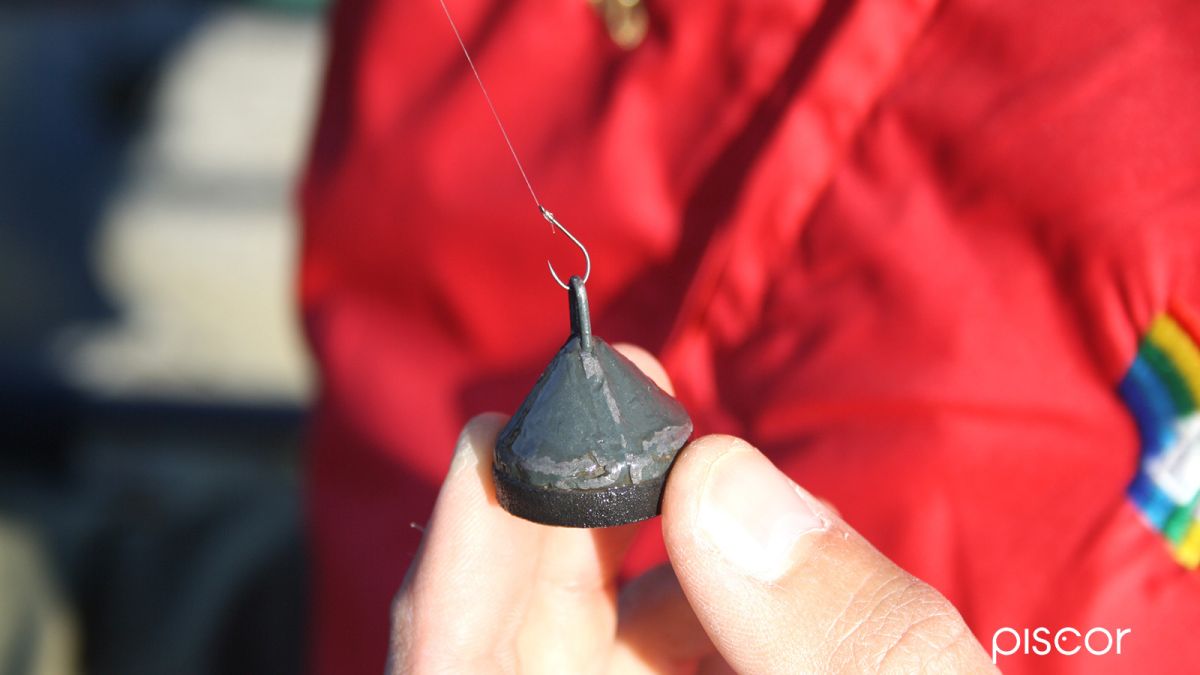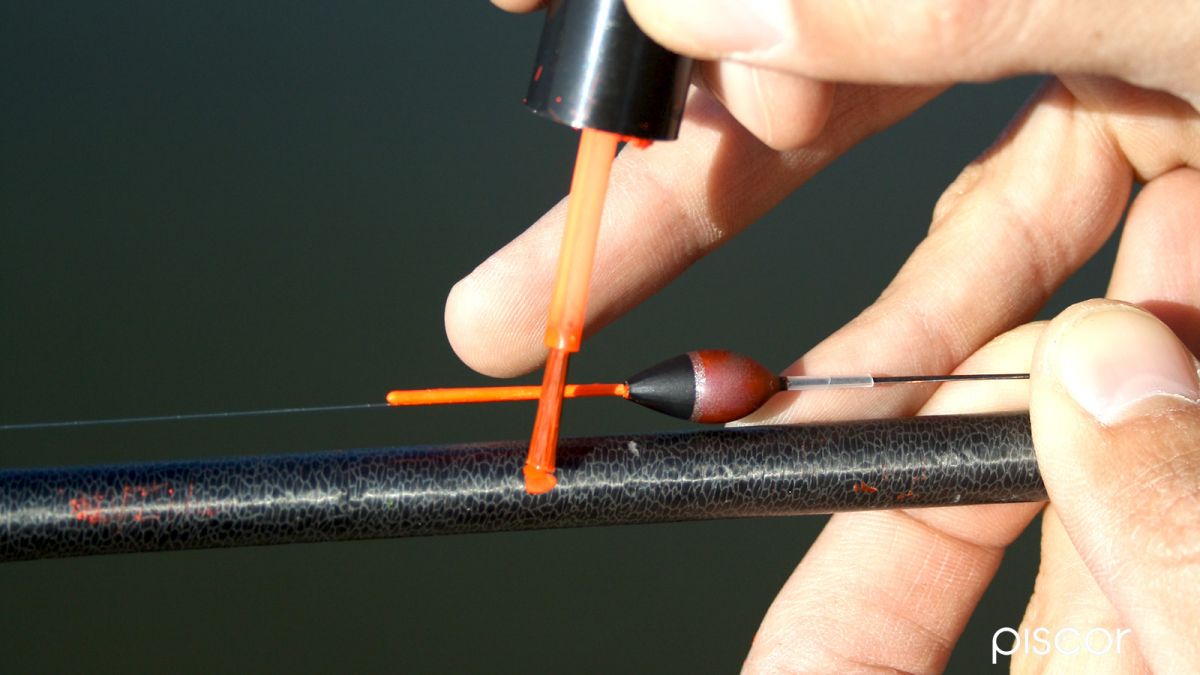Arrived in the middle of winter, if we are lovers of carpodrome fishing, we must absolutely pay close attention to some details that, just in the most difficult fishing season of the year, can make a difference.
The cold and the sea bed
Among all the doubts that can pass in the mind of a fisherman who lends himself to immerse the line in a carpodrome during the winter, there can certainly be no room for the measurement of the bottom and the consequent choice to work the hook in close contact with the ground.
We all know by now that carp, when the atmospheric temperature approaches zero, become not very active. All this leads them to feed with less greed than at the milder times of the year and preferably in the deeper layers of water.
All this happens through slow and not very aggressive movements, which allow the cyprinids to save energy consumption. So, any idea of undermining carp on the surface or in the middle of the water does not offer good results, forcing fishermen to work with fishing lines that keep the bait as close as possible to the ground.
In recent years we have seen much milder winters than in the past, during which there are always space for very cold days, marked by rain, snow and strong winds, but also numerous days almost spring. It is precisely the latter that are characterized by high temperature ranges that offer very cold early mornings but, as the sun rises, especially in the middle hours until sunset, express temperatures above fifteen-eighteen degrees, and then drop again as soon as the sun disappears. In all this "marasmus" of unstable temperatures, the carp may vary, even if slightly, the approach with the food and the way of eating.
All this applies to the type of bait used, but even more so to the exact depth at which the fish decide to swallow the food. We do not want to argue that the finnets, in the first hours of heat, can completely change their habits, because you must always keep in mind that the temperature of the water does not vary rapidly from one hour to another, but it takes a few days of constant heat to ensure that a liquid mass is heated properly.
Nevertheless, in the middle hours of the day, if the sun does its duty, the carp can perceive a small variation in climate and increase their motor activity and food.
Why detaching from the ground?
Having argued with conviction that during the winter the carp eat little, slowly and preferably baits resting on the ground, why should we present them with a bait detached from the ground, even if just a few inches?
The answer is simple and dictated by the sense of water and the technical knowledge of a good fisherman. We have explained in the previous paragraph that, on those less rigid winter days, more and more frequent in the winters of recent years, it is easy to have some warm and very sunny hours during which the fish living in the carpodromes increase their mobility and search for food.
If we add to this their knowledge of the pasture carried out constantly by the many fishermen who attend the sports facility in question and also the habit of the latter to throw food in small quantities, but with great constancy, it is easy to see that our prey will always be tempted to go to meet the proposed food source.
After a few hours of fishing, spend in a continuously slinging of maggots, corn, hemp, or caster on the head of the carp, as soon as the atmospheric temperature softens and the concentration of fish around the hook increases, it will be easy for their competition to push them to raise their heads to grab food before the other similar ones.
Four fingers above the ground
The fact that the hook works a few centimeters off the ground allows the fisherman to exploit the same identical line created for a classic bottom fishing, without having to change anything on the fishing setting.
At the same time, in this way, you will get more decisive eating, avoiding to hook some fish out of the mouth, an ordinary inconvenience when you fish well supported on the ground. In addition to all these advantages we want to point out that the heaviest and largest carp are the first to turn their mouths upwards, making use of their size to express the dominance over their fellow smaller and weaker, grabbing the food first.
In addition, it should be remembered that a bait just detached from the ground will be very evident to the view of the fish, allowing them to eat, however, always in the last layers of water, avoiding to make movements particularly strenuous and expensive from the point of view of energy.
When?
The combination of all the advantages mentioned above has often led us to make good catches even during competitive events, choosing to start the fishing session with the hook resting on the ground, and then detach it by four fingers from the ground as soon as the activity of the prey had become more intense.
The unmistakable signal to choose the most suitable moment for the change is offered by the carp themselves that, with their growing activity, witnessed by hints of eaten or false touches, suggest us to vary the depth of fishing.
Which probe to use
To be sure of presenting the triggered hook four to five centimeters from the bottom, it is imperative to probe the depth perfectly, doing so with a suitable probe that completely eliminates the risk of making a wrong assessment. That's why we recommend a flat and wide base sounder weighing 20-25 grams, in which you can firmly insert the hook.
Lowering the probe slowly into the water, being careful that everything is done with the line exactly perpendicular to the water, it will be possible to gently lay the probe on the ground, without it being planted on a soft seabed or falling in the presence of any differences in level.
Once you have found the precise bottom, just take a marker pen and mark on the tip of the roubaisienne the real depth (this must be considered by the hook up to half of the signaling antenna of the float, considering that in fishing with a proper calibration will remain out of the water only half antenna). At the right time it will be enough to lower the indicator by four fingers with respect to the estimated bottom to properly detach from the ground.

